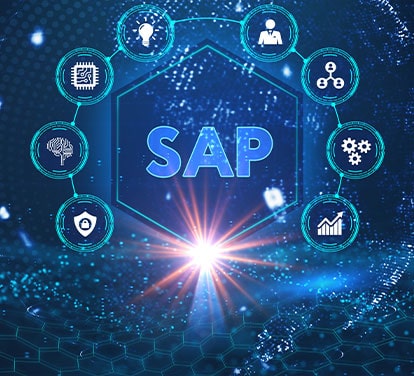This blog provides 6 different migration strategies that are normally adopted by customers to migrate applications to the cloud. These strategies are built upon the 5 R’s that were defined by Gartner earlier.
Formulating a Migration Strategy
Enterprises typically begin to consider how to migrate an application during discovery phase of the “Migration Process”. This is the phase when they discover what’s into their environment, the interdependencies and based on these discoveries what will be easy to migrate and what will be difficult to migrate each application.
Using this captured information during the discovery phase, organizations can come up with a plan that will define their strategy as to which applications will go first and which will be in the later stage of the migration plan. Know the Cloud migration and managed services
The complexity of migrating existing applications varies, depending on the architecture, interdependencies, licensing agreements and underlying infrastructure dependencies. This can be overcome using various available technologies such as virtualized or cloud-based service-oriented architectures.
Based on the information captured during the discovery phase it is recommended to start with less or low complex applications since it will be easier to complete it as per the plan.
Below are the six most common application migration strategies also knowns as “The 6 R‘s”:
Rehosting- Popularly also known as lift & shift. It is experienced that many cloud projects end up doing new development using cloud-native capabilities, but in a large legacy migration scenario the organization are looking to finish its migration project quickly to meet a business need. To achieve this quick migration goal organizations, look at rehosting option as it saves roughly up to 25% of the cost which could have spent by the organizations otherwise.
In most of the rehosting cases speed of migration can be achieved using tools that also will bring automation. (e.g. AWS VM Import/Export, Racemi, Sureline, C3DNA, River Meadow, AppOrbit, Corent etc.), Few organizations prefer to do this manually without using external tools because this tool brings additional cost which will impact overall cost of the migration project. It is also observed that application or re-architecting becomes easier if the existing applications are cloud ready.
Replatforming - Here you might make a few cloud (or other) optimizations in order to gain cloud benefits, whereas the organizations don’t want to change the core architecture of the application within the given stipulated timelines as per the migration plan. Any application running on the platforms such as AIX, HP-UX, SOLARIS or any other legacy platform needs to be transformed to the cloud ready platform before it can be shortlisted into the migration project. This transformation is nothing but Replatforming.
Repurchasing - Most commonly we see repurchasing as a move to a SaaS platform. Typically, an on-premise email /Microsoft exchange is moved to O365.
Refactoring or Re-architecting - Refactoring or Re-architecting is required when a shortlisted application cannot directly run on cloud platform. In case of custom applications, it might require making the code changes partly or fully to run appropriately with optimum performance to a level or higher as it was giving the performance on the on-premise setup. Another way of achieving this is by rearchitecting application code by using cloud-native features
Retire - Once the organization discovers during this phase that almost 5 to 10 % of the total discovered applications are old and outdated. These can be considered in the Retire list. This will save organization’s expenses on these applications in terms time and money. These savings will help organization to utilise these funds on other projects.
Retain - Usually this means “revisit” or do nothing for now and continue to use it. There may be a case where running an existing application is very minimal expenses to the organization and moving it or migrating it to cloud will incur expenses like migration cost and maintenance cost which can be saved by continuing to use it.
CONCLUSION:
Application Migration is something that is on top priority list for all CXO’s given the fact of cloud adoption on the rise and mere competition in the market to maintain the market and hence these Strategies will help CXO’s to not only migrate the applications smoothly but also in cost effective manner. Refer this blog to learn The Right Time is Now! Upgrade vs Cloud Considerations













